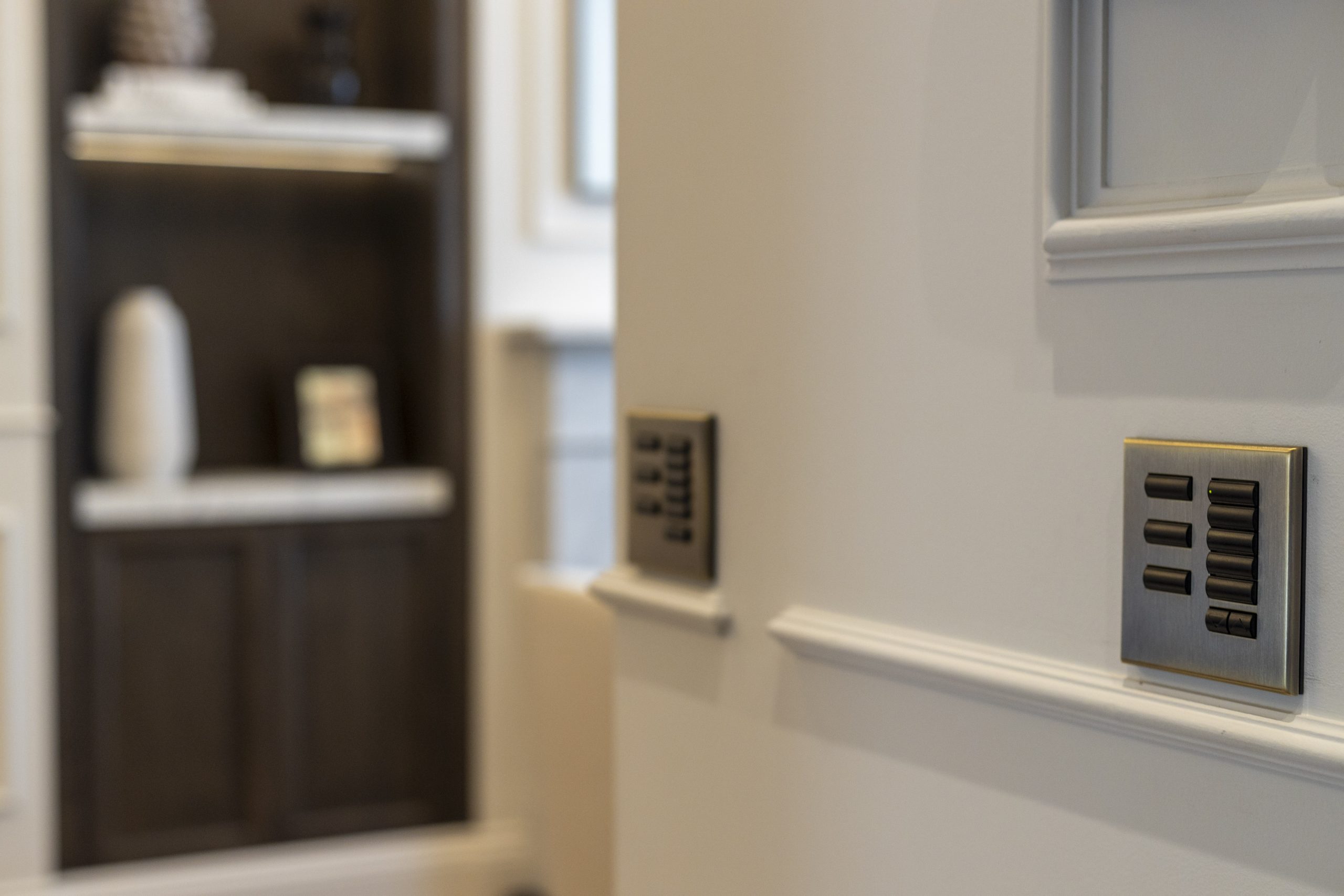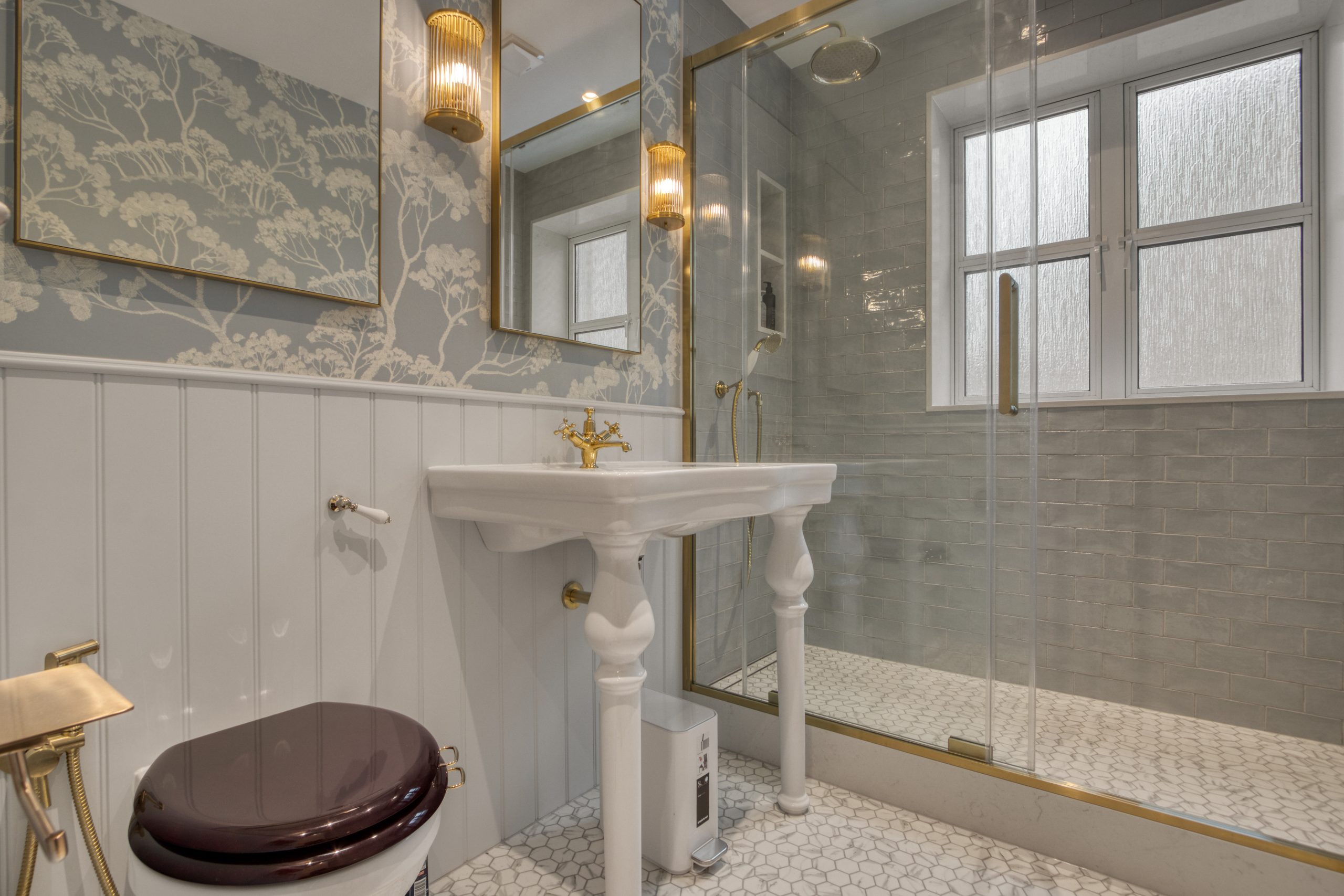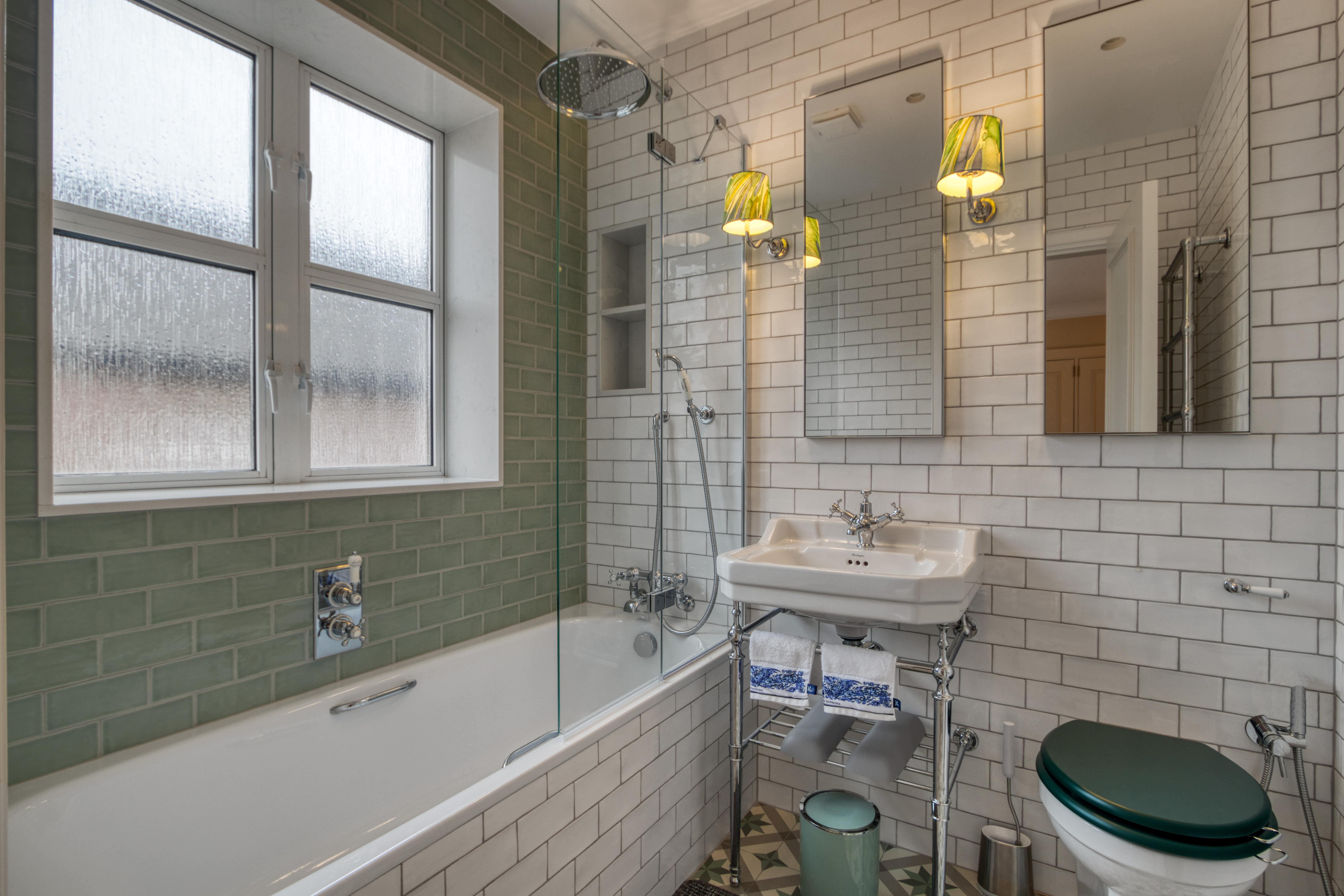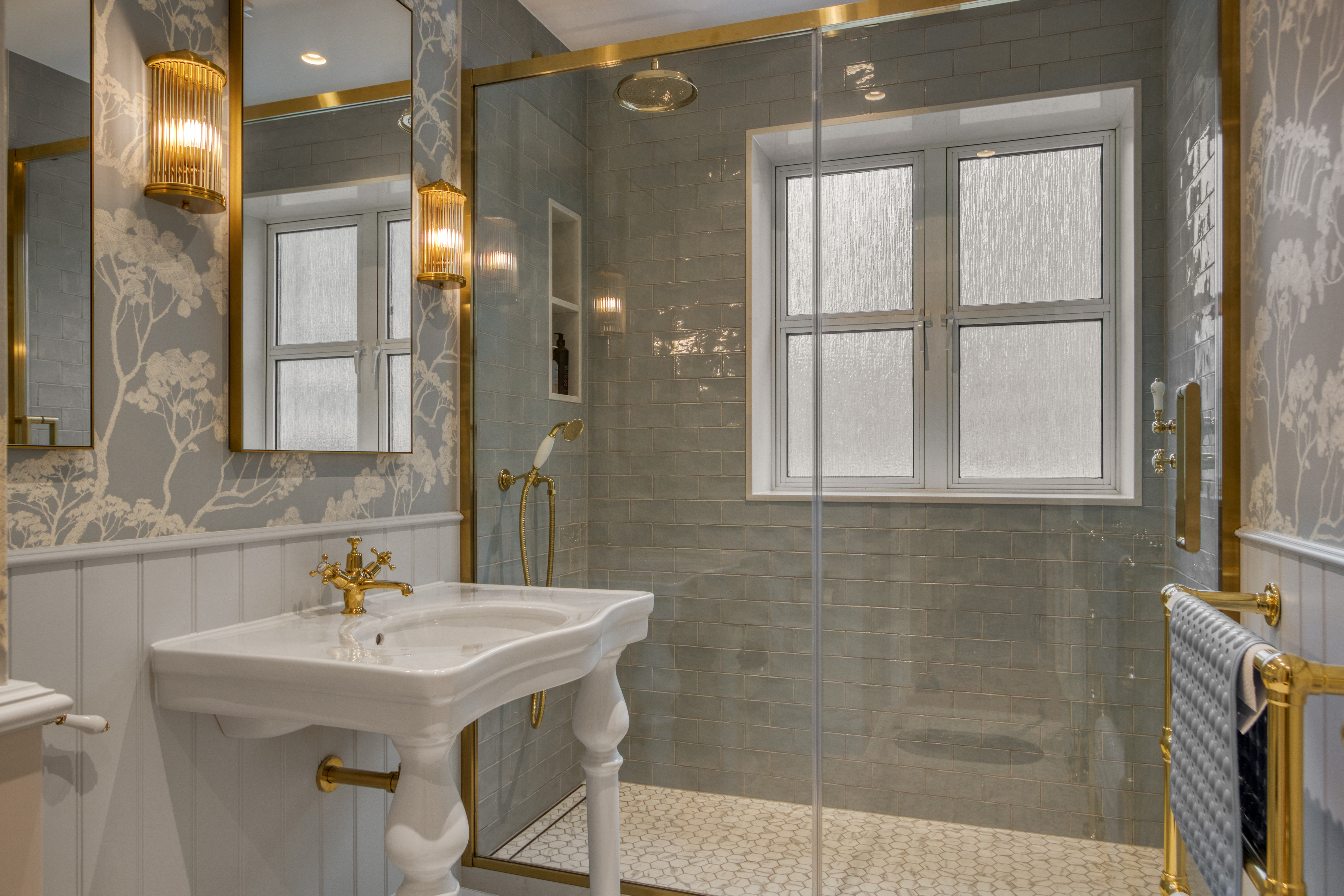Table of Contents
- Understanding EICR Certificates and Their Costs
- The Legal and Practical Importance of an EICR
- Who Needs an EICR and When?
- Factors Influencing EICR Cost in London
- What’s Included in Your EICR Cost?
- EICR Cost Comparison: Residential vs. Commercial
- Understanding Ongoing EICR Costs
- Why the EICR Certificate Cost is a Worthwhile Investment
- Tips for Getting Value When Arranging Your EICR
- Conclusion: Balancing EICR Cost with Safety and Compliance
Understanding EICR Certificates and Their Costs
An Electrical Installation Condition Report (EICR) is a comprehensive assessment document that evaluates the safety and condition of the electrical systems within a property. This detailed inspection examines all fixed wiring, distribution boards, socket outlets, and other electrical installations to ensure they meet current safety standards. The EICR certificate cost represents the investment property owners make to confirm their electrical systems are safe for continued use and compliant with regulations.
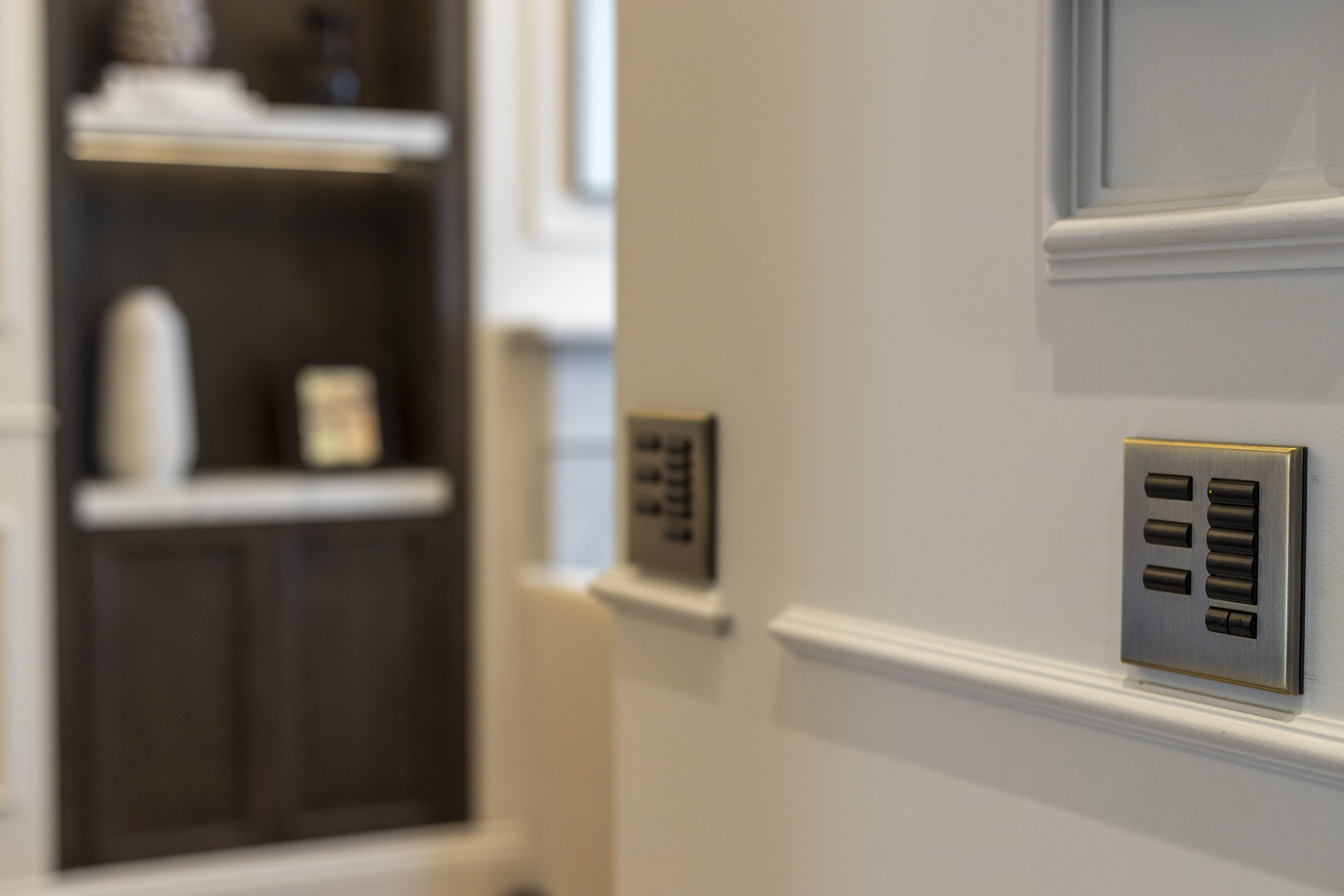
For property owners in London and across the UK, understanding EICR cost factors has become increasingly important as electrical safety regulations have tightened. An EICR isn’t just a document—it’s a crucial safety measure that identifies potential hazards before they become dangerous, protecting both property and lives. The certificate provides documented evidence that electrical systems have been professionally assessed and either approved as safe or identified as requiring remedial work.
The Legal and Practical Importance of an EICR
The legal landscape around electrical safety has evolved significantly in recent years, particularly for rental properties. EICR certificates are no longer optional for many property owners—they’re mandatory. For landlords in England, the Electrical Safety Standards in the Private Rented Sector Regulations 2020 require an EICR before any new tenancy begins and at least every five years thereafter. Failure to comply can result in fines of up to £30,000, making the EICR certificate cost a necessary expense rather than an optional outlay.
Beyond legal compliance, EICRs serve several practical purposes:
- They identify potential fire risks from faulty wiring or overloaded circuits
- They prevent electric shock hazards by ensuring proper earthing and bonding
- They document the condition of electrical installations for property transactions
- They provide peace of mind that a property’s electrical systems are safe
For homeowners or those considering improvements such as adding a basement apartment, while not legally mandated, an EICR is recommended every 10 years or when buying or selling a property. The Electrical Safety First organization advises that regular electrical inspections are a prudent safety measure for all properties, regardless of legal requirements.
Legal Requirement Note
Landlords must provide a copy of the EICR to existing tenants within 28 days of inspection, to new tenants before they move in, and to local authorities within 7 days if requested. This documentation requirement makes the EICR cost an essential part of a landlord’s compliance budget.
Who Needs an EICR and When?
Different property owners and managers have varying obligations regarding electrical safety reports. Understanding when an EICR is required helps to plan for the associated costs effectively. For extensive property refurbishments in London or when selecting the right construction and refurbishment partner, it is critical to schedule EICRs at the appropriate project phases.
London Landlords
For private landlords in London and across England, EICRs are mandatory. The National Residential Landlords Association confirms that landlords must:
- Obtain a valid EICR before the start of new tenancies
- Ensure existing tenancies have a valid EICR (this requirement came into force in April 2021)
- Renew the EICR at least every five years, or more frequently if the previous report recommends it
- Arrange for a new EICR following significant electrical modifications
Homeowners
While not legally required, homeowners are advised to arrange an EICR:
- Every 10 years for owner-occupied properties
- When purchasing a property (to verify the condition of electrical installations)
- Before selling a property (to reassure potential buyers)
- After major renovations or electrical work
Commercial Property Owners
Business premises have their own requirements under the Electricity at Work Regulations 1989:
- Regular EICRs are essential to meet health and safety obligations
- The frequency depends on the type of business and risk assessment
- High-risk environments may require annual inspections
- Insurance policies often require up-to-date electrical safety documentation
Factors Influencing EICR Cost in London
The cost of an EICR certificate varies considerably based on several key factors. In London’s diverse property market, these variables can significantly impact the final price you’ll pay.
Property Size and Complexity
Larger properties naturally require more time to inspect thoroughly, directly affecting the EICR cost. A studio flat might take 2-3 hours to inspect, while a 5-bedroom house could require a full day. Each additional circuit, distribution board, and electrical fixture adds to the inspection time and, consequently, the cost.
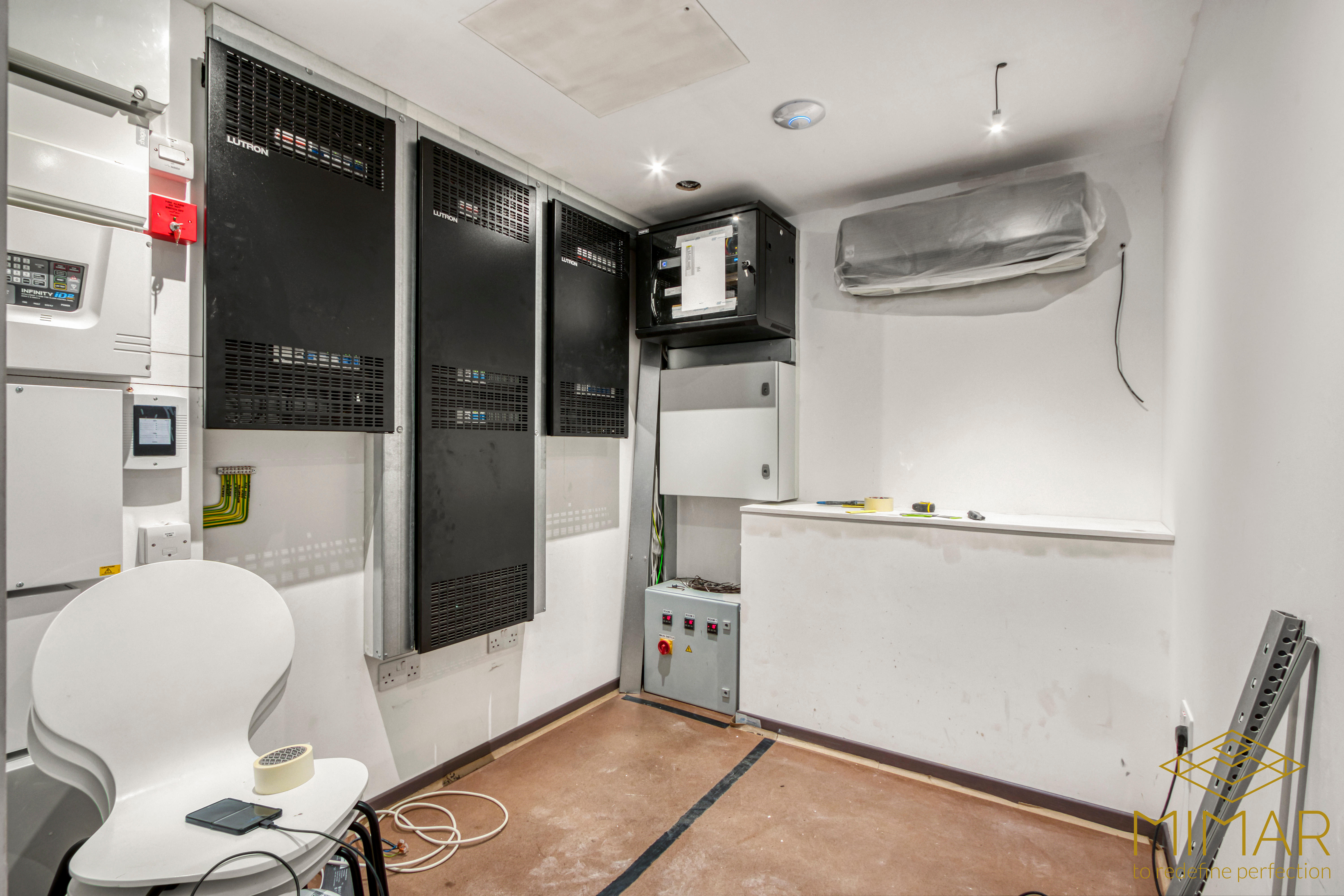
Property Type
Different property types present varying levels of complexity:
- Residential flats typically have the lowest EICR costs
- Houses with more extensive wiring systems cost more to inspect
- Houses in Multiple Occupation (HMOs) require particularly thorough inspections due to their higher risk profile and regulatory requirements
- Commercial properties often have complex electrical systems that command premium inspection rates
London Location Premium
London’s geographical factor significantly impacts EICR certificate costs. Central London postcodes typically command a 15-25% premium over outer boroughs due to higher overhead costs for electrical contractors, parking challenges, and congestion charge considerations. This “London premium” is a consistent factor across all property services.
Age and Condition of Electrical Installations
Older properties or those with outdated electrical installations require more extensive testing and often take longer to inspect thoroughly:
- Properties with older wiring systems (pre-1980s) typically incur higher inspection costs
- Installations with obvious signs of wear or previous DIY modifications need more careful examination
- Newer properties with modern consumer units and wiring generally require less intensive inspection
According to professional electricians, these factors combine to create a wide range of potential costs, making it essential to get a property-specific quote rather than relying on general pricing guidelines. If you’re planning a construction or refurbishment project, ensure that building and planning permissions, insurance, and key certifications are in place, as these can affect both compliance and cost.
What’s Included in Your EICR Cost?
Understanding what services are covered in the EICR certificate cost helps property owners evaluate quotes and ensure they’re receiving a thorough inspection. A comprehensive EICR typically includes:
Visual Inspection
The electrician will visually examine all accessible electrical installations, including:
- Consumer units/fuse boards
- Wiring systems and their enclosures
- Socket outlets and switches
- Light fittings
- Fixed appliances and their connections
Technical Testing
Beyond visual inspection, the EICR involves a series of technical tests:
- Continuity testing of protective conductors
- Insulation resistance measurements
- Earth fault loop impedance testing
- RCD operation verification
- Polarity checks
Comprehensive Reporting
The final component of the EICR cost covers the creation of a detailed report that includes:
- Details of the property and inspection
- Description of the electrical installation
- Any limitations of the inspection
- Observations and recommendations coded by severity
- Overall assessment of the installation’s condition
The reporting system uses standardized codes to classify findings:
- C1: Danger present – immediate action required
- C2: Potentially dangerous – urgent remedial attention needed
- C3: Improvement recommended (not dangerous but advisable)
- FI: Further investigation required
A “satisfactory” EICR certificate indicates no C1, C2, or FI observations were found. If any of these codes appear, remedial work will be necessary before a satisfactory certificate can be issued.
EICR Cost Comparison: Residential vs. Commercial
The cost of obtaining an EICR certificate varies significantly depending on property type, with distinct price brackets for residential and commercial properties in London.
| Property Type | Typical EICR Cost Range (London, 2024) |
|---|---|
| Studio/1-bedroom Flat | £120–£180 |
| 2-3 Bedroom House | £180–£280 |
| 4-5 Bedroom House | £250–£350 |
| HMO (up to 5 bedrooms) | £280–£400 |
| Small Commercial Unit | £250–£400 |
| Medium Commercial Premises | £350–£600 |
| Large Commercial Building | £500–£1,500+ |
These price ranges reflect the London market specifically, where costs tend to be 15-25% higher than the national average. Several factors explain the cost differential between residential and commercial EICRs:
Why Commercial EICRs Cost More
- Complexity: Commercial installations often feature 3-phase power supplies, advanced distribution systems, and specialized equipment
- Size: Commercial premises typically have more extensive electrical systems with multiple distribution boards
- Accessibility: Testing may need to be scheduled outside business hours, incurring premium rates
- Documentation: Commercial reports often require more detailed documentation for insurance and regulatory compliance
It’s worth noting that these costs represent the inspection and certificate only—they do not include remedial work that might be required if safety issues are identified. To make your project more sustainable or energy efficient, learn more about eco-friendly refurbishments and energy-saving installations.
Cost-Saving Tip
Some London electricians offer discounted rates for multiple properties or combined services. Landlords with several rental units can often negotiate better rates by arranging inspections for multiple properties simultaneously.
Understanding Ongoing EICR Costs
When budgeting for electrical safety compliance, property owners should consider that the initial EICR certificate cost may be just the beginning of their financial commitment. Several factors can lead to additional expenses:
Re-inspection Costs After Failed EICRs
If an EICR results in an “unsatisfactory” verdict due to C1, C2, or FI codes, remedial work must be completed before a satisfactory certificate can be issued. After the necessary repairs, a re-inspection is required, which typically costs between £80-£150 in London. Some electricians offer reduced re-inspection rates if they performed the original EICR and subsequent remedial work.
Remedial Work Expenses
The cost of addressing issues identified in an EICR can vary dramatically:
- Minor issues like replacing a socket or switch: £60-£120
- Upgrading a consumer unit: £350-£600
- Rewiring a room: £600-£1,000
- Full property rewire: £3,000-£10,000+ depending on property size
Given these potential costs, many property owners in London are opting for bundled services where the same contractor performs the EICR and any necessary remedial work, often at a package rate.
Regular Renewal Requirements
Remember that EICRs have fixed validity periods:
- Rental properties: Every 5 years (minimum)
- Homeowner properties: Every 10 years (recommended)
- Commercial properties: Varies by risk assessment, typically 1-5 years
This means the EICR cost becomes a recurring expense that should be factored into long-term property maintenance budgets.
Emergency Inspection Scenarios
Certain situations may necessitate an unscheduled EICR outside the regular renewal cycle:
- After flood or fire damage
- Following major renovation work
- When purchasing a property with unknown electrical history
- If tenants report electrical issues or concerns
Emergency or rush EICRs in London often command a premium of 25-50% above standard rates, particularly if weekend or evening appointments are required. During time-sensitive construction or refurbishment projects, maintaining effective communication between all parties ensures that compliance milestones—like timely EICRs—are met reliably.
Why the EICR Certificate Cost is a Worthwhile Investment
While the EICR cost may initially seem like just another property expense, it represents a valuable investment for several compelling reasons:
Legal Protection and Compliance
For landlords, the cost of an EICR certificate is minimal compared to the potential penalties for non-compliance. With fines of up to £30,000 possible under current regulations, the investment in proper electrical certification is clearly justified. Additionally, insurance policies may be invalidated if required electrical safety checks aren’t maintained, potentially leading to significant financial exposure in the event of an electrical fire or accident.
Enhanced Safety for Occupants
Electrical faults are a leading cause of domestic fires in the UK. The National Residential Landlords Association highlights that regular electrical inspections help identify potential hazards before they cause harm. The EICR cost essentially purchases peace of mind that a property’s electrical systems don’t pose a risk to its occupants or to value-adding home improvements such as basement apartments.
Property Value Protection
A current, satisfactory EICR certificate demonstrates responsible ownership and maintenance, which can positively influence property valuation. For sellers, having an up-to-date EICR available during viewings signals transparency and attention to safety details—qualities that increasingly matter to today’s buyers, particularly in London’s competitive property market. If you are building your dream home in London, factoring in electrical compliance from the planning stage is crucial for long-term value and saleability.
Preventative Economics
Regular electrical inspections often identify minor issues before they develop into major problems. The EICR cost can be viewed as preventative maintenance that helps avoid more expensive emergency repairs. Early detection of issues like overloaded circuits or deteriorating insulation prevents more costly damage and system failures.
Tips for Getting Value When Arranging Your EICR
To ensure you receive quality service at a fair price when arranging an EICR in London, consider these practical recommendations:
Selecting a Qualified Provider
The quality and validity of your EICR depend entirely on the competence of the electrician performing it. To ensure value for money:
- Verify that the electrician is registered with a recognized competent person scheme such as NICEIC, NAPIT, or ELECSA
- Request proof of qualifications and specific experience with EICRs
- Check online reviews and ask for references from previous clients
- Confirm they carry professional indemnity insurance
As specialists in high-end construction and refurbishment note, mechanical and electrical services should come from established experts with a track record of compliance.
Comparing Quotes Effectively
When requesting quotes for EICR certificate costs:
- Obtain at least three detailed quotes specifying exactly what’s included
- Ask whether re-inspection after remedial work will incur additional costs
- Clarify if the quote includes provision of digital and physical certificates
- Inquire about any supplementary services included (e.g., minor repairs during inspection)
For larger or more complex projects, a comprehensive site survey and thorough builder vetting process will help ensure quality and compliance across all trades—not just electrical.
Timing Your EICR Strategically
In London’s seasonal electrical services market:
- Spring and autumn typically offer better availability and sometimes lower rates
- Avoid the end-of-month rush when landlords are preparing properties for new tenancies
- Book well in advance of certificate expiry to avoid emergency rates
Clear and consistent communication with your builder or contractor streamlines the process of scheduling inspections and ensures timely completion of required documentation.
Bundling Services for Savings
Consider combining your EICR with other electrical services:
- PAT testing (for rental properties with appliances)
- Energy efficiency assessments
- Smoke/carbon monoxide alarm installations
You can further improve your property’s energy efficiency and environmental credentials by exploring sustainable refurbishments and energy-saving upgrades during the inspection process.
Record Keeping Tip
Maintain a dedicated file (physical or digital) for all electrical documentation including previous EICRs, remedial work invoices, and warranty information. This organized approach simplifies future inspections and can reduce their duration and cost.
Conclusion: Balancing EICR Cost with Safety and Compliance
The EICR certificate cost represents an essential investment in property safety and regulatory compliance, particularly in London’s dynamic real estate environment. While prices vary based on property characteristics and location, the typical range of £120-£350 for residential properties and £250-£1,500+ for commercial premises reflects the thoroughness of the inspection and the expertise required.
Property owners should view the EICR cost not as a burdensome expense but as a valuable safeguard that protects occupants, preserves property value, and ensures legal compliance. The potential consequences of neglecting electrical safety—from regulatory penalties to insurance invalidation and, most critically, the risk of electrical fires or accidents—far outweigh the investment in regular inspections.
When arranging an EICR, prioritize quality and compliance over finding the absolute lowest price. Working with qualified, accredited professionals ensures your certificate will be valid and the inspection thorough enough to identify genuine safety concerns. For best results, choose a builder or contractor with a proven reputation for compliance and transparency.
For landlords, homeowners, and commercial property managers across London, understanding the factors that influence EICR certificate cost helps in budgeting appropriately and recognizing the value received for this important safety measure. Remember that electrical safety is an ongoing commitment—schedule your next inspection well before your current certificate expires to maintain continuous compliance and protection. If you want your project to be sustainable, consult guides to eco-friendly refurbishments and energy efficiency early in your planning process.
If your property is due for an electrical inspection or you’re unsure about your current compliance status, consider consulting with a qualified electrical contractor who specializes in EICRs. Their expertise will help ensure your property remains safe, legally compliant, and protected against electrical hazards for years to come. And remember, strong communication between all parties—from architect to builder to client is key to a smooth and compliant project journey in London.

